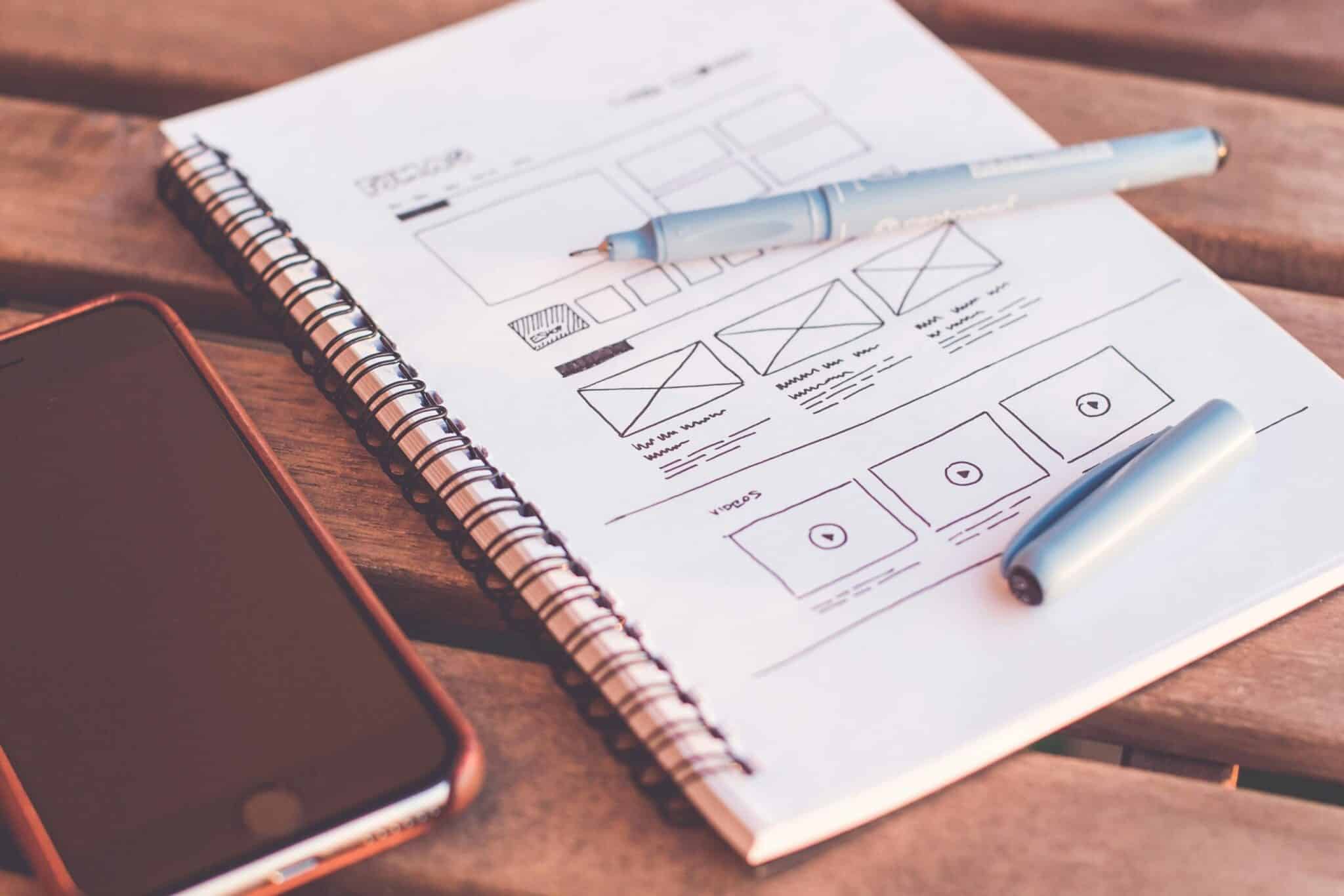The roles and responsibilities of a Principal Designer
Table of Contents
What is a Principal Designer?
The “Principal Designer” is a role defined under the Construction (Design and Management) Regulations (CDM) in the United Kingdom. These regulations are aimed at improving health and safety in the construction industry. The role of the Principal Designer is key in managing the pre-construction phase of a project and involves several responsibilities:
- Planning, Managing, and Monitoring Health and Safety in Pre-construction Phase: The Principal Designer is responsible for ensuring that health and safety is considered during the initial planning stages of a construction project. They must identify and eliminate or control foreseeable risks to health and safety and ensure that the design team cooperates, coordinating their work accordingly.
- Client Assistance: They assist the client in the formulation of the pre-construction information, and provide it to designers and contractors.
- Coordinating with Other Stakeholders: The Principal Designer ensures that all members of the project team, including architects, engineers, and contractors, are aware of their responsibilities under CDM regulations.
- Information Flow: They facilitate the flow of health and safety information between clients, designers, and contractors, and ensure that everyone involved in the pre-construction phase has the information they need to carry out their duties safely.
- Liaising with the Principal Contractor: The Principal Designer must work closely with the Principal Contractor, especially during the transition from the design phase to the construction phase, to ensure that the plans and risk assessments are implemented correctly.
- Preparing the Health and Safety File: A key part of their role is to prepare and update the health and safety file for the project. This file contains important information needed to ensure the safety of any future work that might occur at the site.
- Compliance with Legal Requirements: They must ensure that the design complies with all relevant health and safety legislation.
The role of the Principal Designer is crucial in ensuring that construction projects are planned and executed with a strong emphasis on health and safety, reducing the risk of accidents and health hazards during both the construction and future maintenance of the building.

What is the difference between a main designer and principal designer?
The terms “Main Designer” and “Principal Designer” are often used in the context of construction projects, particularly under the Construction (Design and Management) Regulations (CDM) in the UK, and they have distinct roles and responsibilities:
Principal Designer
Under CDM Regulations [1]:
- Role in Health and Safety: The Principal Designer has a statutory role focused on health and safety aspects of a project during the pre-construction phase.
- Legal Responsibility: They are legally required under CDM Regulations to plan, manage, and monitor the pre-construction phase, considering the health and safety aspects of the design and pre-construction work.
- Coordination: They must coordinate the work of others in the project to ensure that significant risks are managed throughout the design process.
- Information Management: This includes managing and disseminating health and safety information to those who need it (e.g., contractors) and preparing the health and safety file.
Main Designer
- Broader Design Focus: The term “Main Designer” typically refers to the lead designer on a project, who is responsible for the overall design vision and execution. This role is not defined by CDM Regulations.
- Coordination and Leadership: The Main Designer often coordinates the work of other design professionals and specialists involved in the project.
- Architectural and Technical Input: They provide architectural, technical, and aesthetic input into the project, ensuring that the design meets the client’s requirements and complies with relevant regulations and standards (beyond just health and safety).
- Client Liaison: They are often the primary point of contact for the client in terms of the design aspect of the project.
Key Differences
- Focus: The Principal Designer’s focus is primarily on health and safety during the pre-construction phase, while the Main Designer focuses on the overall design and aesthetic of the project.
- Legal Basis: The role of Principal Designer is a legal requirement under CDM Regulations for certain projects, whereas the Main Designer role is more about the practical and technical aspects of design.
- Scope of Responsibilities: The Principal Designer’s responsibilities are specifically related to health and safety, whereas the Main Designer has broader responsibilities related to the overall design and coordination of the project.
In summary, while the Principal Designer is a role specifically created under the CDM Regulations with a focus on health and safety in the construction process, the Main Designer is concerned with the broader aspects of design, aesthetics, and technical specifications of a project.
